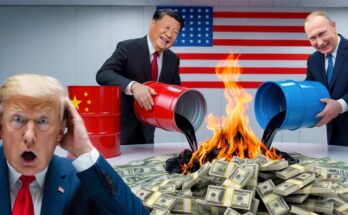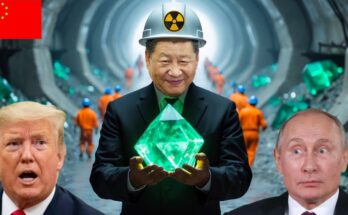Taiwan, a small island nation of 23 million inhabitants, sits at the center of the world’s most dangerous geopolitical rivalry. The fixation of both the United States and China on Taiwan stems from a convergence of strategic military positioning, overwhelming economic dependence, and deep historical and ideological divides. For Beijing, seizing control is a non-negotiable step toward national rejuvenation; for Washington and its allies, Taiwan is the linchpin of security in the entire Indo-Pacific region.
The Geopolitical Flashpoint: Location is Everything
Taiwan’s geographical position, just 130 km from the Chinese mainland, is its primary source of tension. Its location makes it central to controlling key naval chokepoints and projecting power across the Pacific.
- China’s Blockade: For China, Taiwan interrupts the continuity of its coastline. As a former Chinese diplomat noted, if Taiwan were occupied by a foreign country, it would prevent China’s direct access to the Pacific Ocean. The island lies next to the strategic Miyako Strait to the north and the Bashi Strait to the south—critical gateways for the People’s Liberation Army Navy (PLAN) to sail into the open ocean.
- The First Island Chain: For the U.S., Taiwan is at the heart of the “First Island Chain.” This chain is a series of U.S. formal treaty allies and close partners (including South Korea, Japan, and the Philippines) that allows the U.S. to project military power close to China’s shores and protect its interests. Taiwan’s position in the middle of this chain makes it very difficult for the Chinese military to project power outside the barrier and threaten U.S. allies. The U.S. is actively strengthening this chain through military cooperation, even gaining access to bases in the northern Philippines, right next to the Bashi Strait.
- Trade Chokepoints: The Taiwan Strait itself is a key trade route for both China, Taiwan, and the entire world, with almost all the world’s biggest container ships passing through it. Military drills in this area, which are growing larger and more frequent, represent a direct threat to global commerce.
The Economic Linchpin: Semiconductors Rule the World
Beyond military strategy, Taiwan holds an outsized economic importance tied to one single company: TSMC (Taiwan Semiconductor Manufacturing Company).
TSMC produces 90% of the world’s most advanced microchips. These semiconductors are the brains inside nearly every modern device, including new cars, fighter jets, refrigerators, and the device you are currently using to read this article. Both the U.S. and China are critically dependent on TSMC’s output.
U.S. leaders worry that losing Taiwan to China would permanently shift economic tides. If a region under Chinese hegemony were to close to U.S. trade, it could allow China to reorder the entire region, potentially relegating the U.S. and other industrialized countries to merely supplying raw materials. The economic leverage provided by control of the global microchip supply is immense, making Taiwan a crucial economic asset.
Ideology, History, and the Century of Humiliation
The conflict is rooted in a turbulent history that created two rival governments claiming the name “China.”
- The Civil War Split: Following World War II, a civil war erupted between Communists led by Mao Zedong and Nationalists (Republic of China, or ROC) led by Chiang Kai-shek. When the Communists won the mainland in 1949, the defeated Nationalists fled to Taiwan, establishing the ROC government there.
- The PRC’s Claim: The current government in Beijing (the People’s Republic of China, or PRC) sees Taiwan as a breakaway province and asserts there is only “one China,” even though the PRC has never actually governed Taiwan.
- National Rejuvenation: For Chinese President Xi Jinping, bringing Taiwan back into the fold is an essential step in overcoming the “century of humiliation,” a period when China was plagued by foreign invasions. This “National Rejuvenation” narrative is a core component of Chinese state ideology and drives the urgency behind the reunification goal.
The U.S. policy toward Taiwan has been deliberately ambiguous since the 1970s: it recognizes Beijing as the legitimate government of China (the “One China Policy”) but maintains strong informal ties with Taiwan and guarantees to sell it weapons. This limbo is meant to prevent both a Chinese invasion and a formal Taiwanese declaration of independence. Meanwhile, Taiwan has evolved into one of the strongest democracies in the region, with its populace largely preferring to maintain the democratic status quo rather than becoming absorbed by the one-party system of the PRC.
Ultimately, Taiwan is more than a prize; it is a test case. It represents democracy and capitalism to the U.S. and its allies, and it represents a historical wrong that must be righted for China. Neither superpower is able to back down, leaving Taiwan caught in a perpetual high-stakes rivalry.



